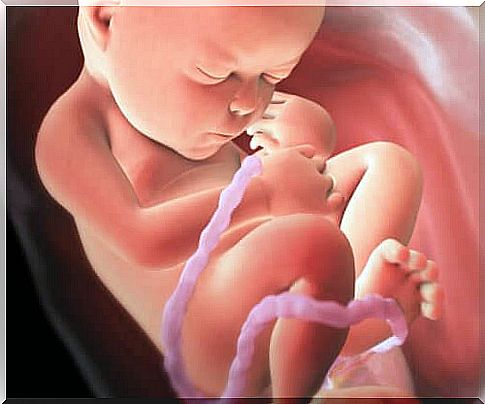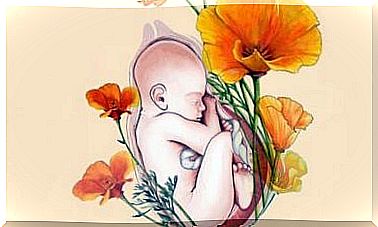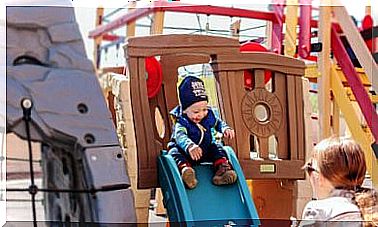What Is A Lotus Delivery?

A lotus delivery is a practice that conceives birth in a particular way. In it, the placenta is attached to the baby through the umbilical cord until it detaches naturally. It is a process that usually lasts between 3 and 10 days after delivery.
Gradual transition
In the vast majority of natural births , the cutting of the umbilical cord and, therefore, the end of the union of the baby with its placenta , is done artificially after birth. It is a task that falls on the doctors or the midwife.
What the lotus childbirth proposes is that this separation occurs gradually. That is to say, that the baby continues to be attached to its natural source of nutrients, the placenta, until nature itself provides it. Normally, the umbilical cord falls between three and ten days after delivery. At that moment the child is separated from the connection that has kept him united to the mother during the nine months of gestation.
The birth that is governed according to this practice does not undergo any type of intervention from outside. The stages that comprise it are the following:
- The child comes out of the womb.
- Later, the mother expels the placenta, which usually happens about 30 minutes later.
- At this time, the umbilical cord is not cut, but is held together with the baby along with the placenta until it is physiologically detached.
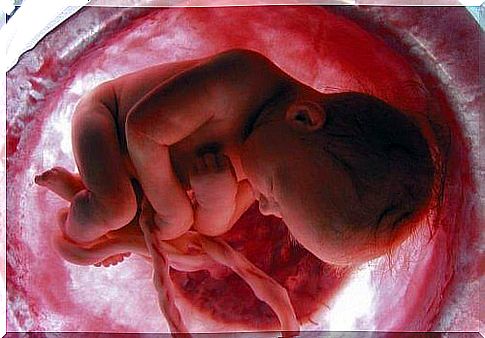
Origin of this practice
The lotus birth owes its name to its discoverer, Clair Lotus Day. This California researcher problematized everything related to the cutting of the umbilical cord in 1974 and from there she studied the primatologist Jane Goodall. The investigation of this researcher and her concern for the method led her to give birth following this new practice. Since then, many births have been carried out in this way, which has generated various controversies.
Mixed opinions: natural method or risky?
Regarding this way of conceiving birth, there are conflicting opinions.
On the one hand, the traditional view considers that this practice can be a risk factor for the baby. Fundamentally, they see it as a source of infections if care is not taken with respect to the preservation of the placenta.
On the other hand, these issues are relativized and appeals to prioritize the natural process. Emphasis is placed on the advantages associated with the supply of nutrients to the baby and a less drastic separation from its main source of life during pregnancy.
Benefits of lotus childbirth
The placenta is the baby’s main source of nutrients. It is an organ that pumps 500-700 ml of blood every minute to the uterus. In this way it provides oxygen to the baby, in addition to hormones. It is also responsible for discarding harmful substances through the mother’s bloodstream, who releases them through the kidneys.
After birth, the placenta continues to provide nutrients through the umbilical cord. Those who defend the lotus childbirth consider that it is a gradual way of adaptation of the child to the new conditions. And that the supply of nutrients that you continue to receive outside the womb is essential for your growth and health.
The process requires specific care that should be known to avoid infections and other more serious problems:
- After birth and delivery, that is, the delivery of the placenta, it should be washed with warm water. In this way, the remains of blood that may be attached will be extracted.
- Let it drain and dry with absorbent paper. Salt is usually added to speed up the drying process.
- It is then wrapped or placed in an open silk pouch and placed next to the baby.
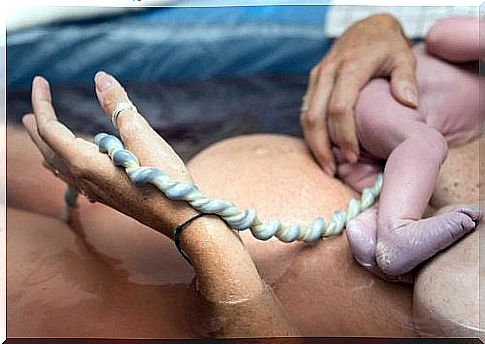
A comprehensive look
The conception that circulates around the lotus birth is linked to a vision of medicine, nature and the human being. According to scholars of the subject, it is a process that defies many of the medical myths to which we are accustomed. Considering that the placenta is an integral part of the baby, it is determined that the natural attitude is to let the process develop according to its organic phase.
The truth is that it involves a different way of conceiving birth. And like any medical procedure, it is recommended that decisions regarding it be studied and consulted.
